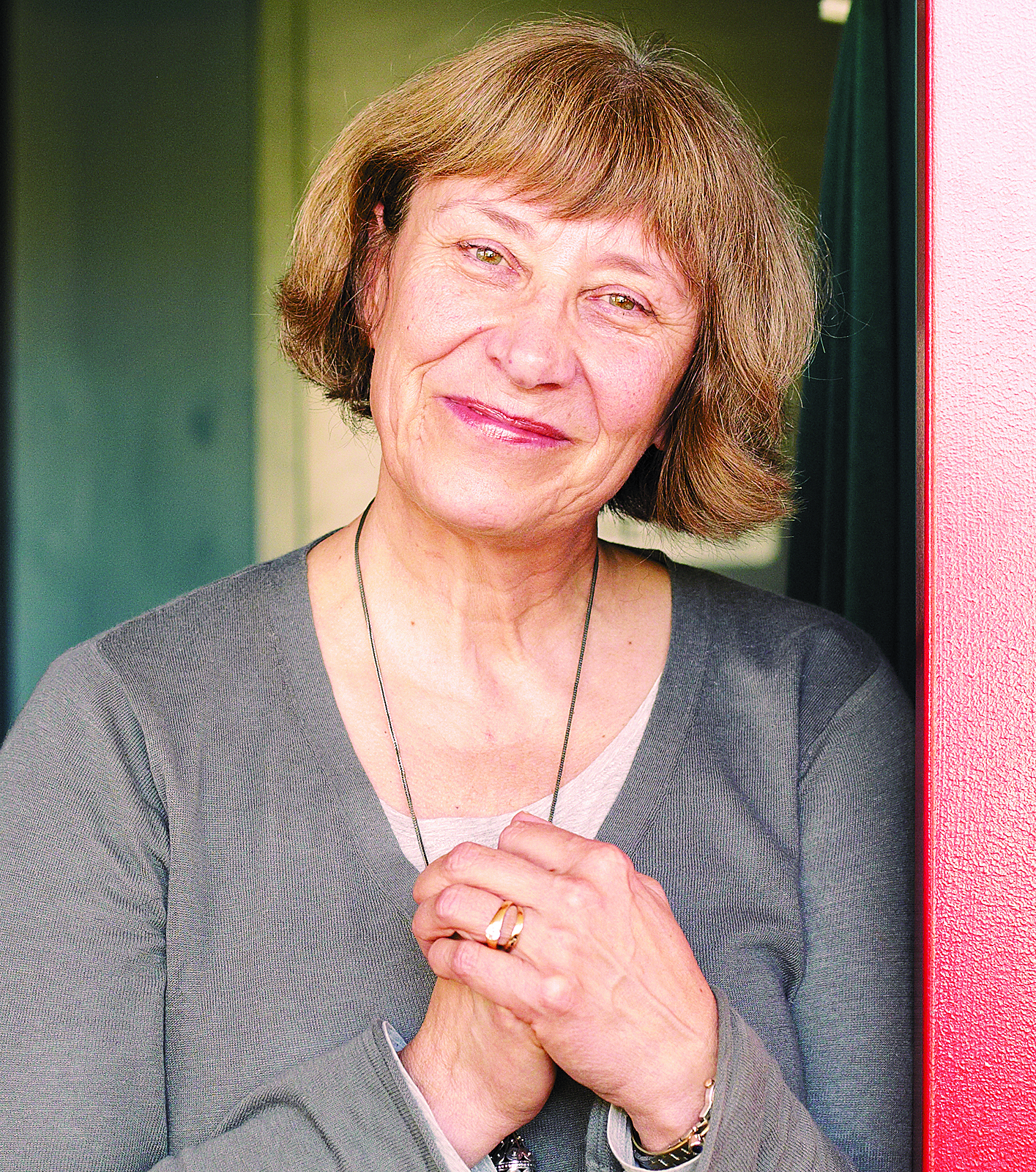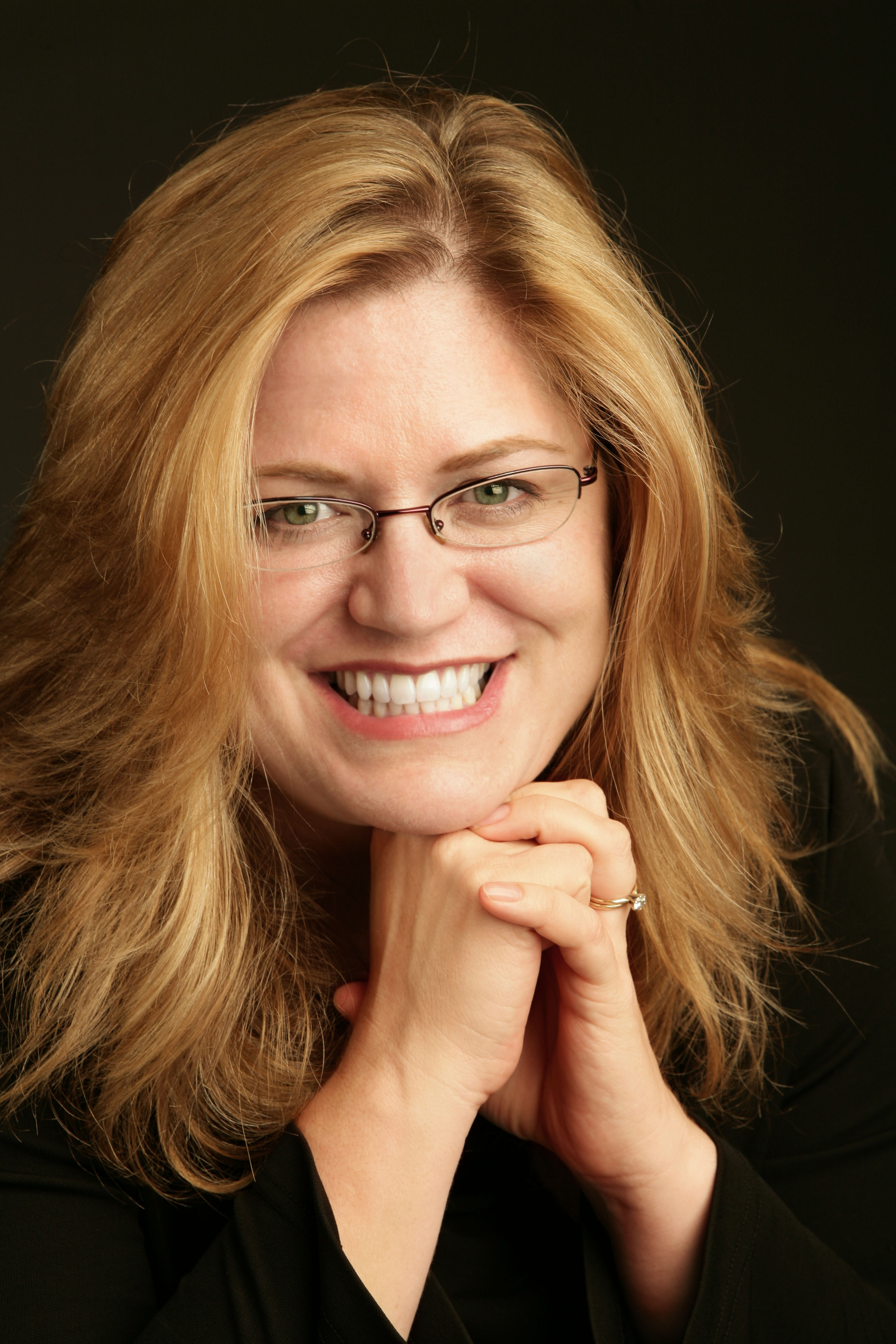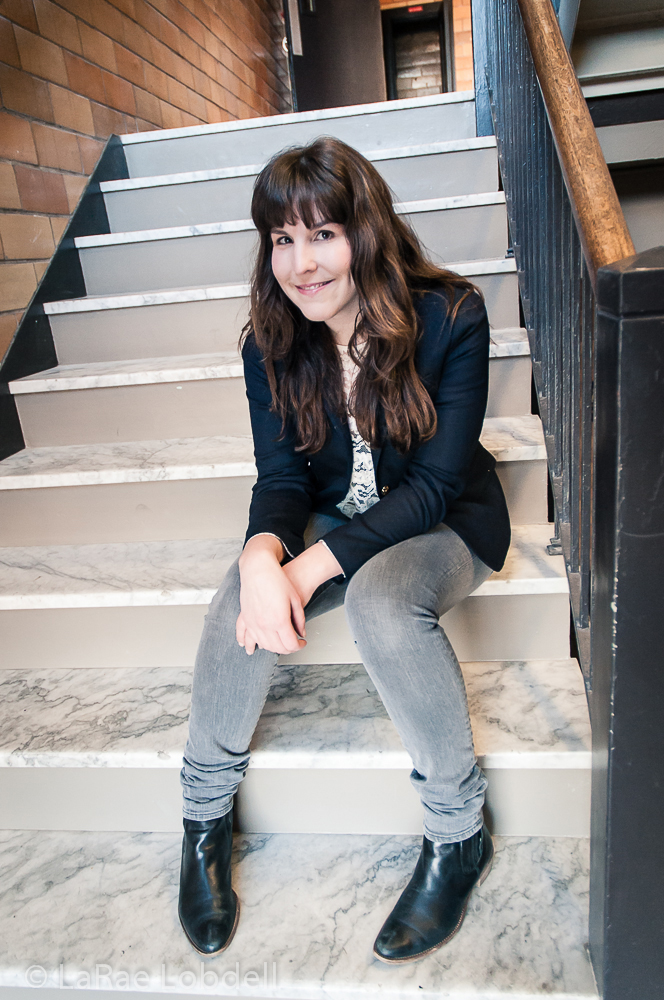On a recent Saturday afternoon, just as the weather turned pleasant, I spent several hours touring Seattle’s fringe venues with Katie Oman, a theater-design consultant who’s been part of renovation and expansion projects at San Diego’s Old Globe Theatre, two of the spaces in Lincoln Center, and the Whidbey Island Center for the Arts, as well as of a development study of the stages at Seattle Rep. She’s an intense and articulate redhead who speaks in percussive bursts. And though I was ostensibly leading the tour, I was soon struggling to keep up with her.
Oman’s an enthusiast of found spaces—theaters not custom-built as performance venues but instead adapted from pre-existing buildings—and the spaces we visited, from the converted storefront of WET to the old garages that house Schmeater and Annex, have a vital quality she says is often lacking in buildings designed from the get-go as theaters.
“The fact that the brick walls have been painted over 20 times and that there’s a column in the middle of the space makes it feel alive,” she explains. “If you have a classic black box with flat walls painted flat black, like at a community college or something, that’s a dead neutral space. But these spaces are alive, and their problems, the constraints of budget and space, these force theater artists into making something wonderful. If you build a $160 million performing arts center with three adjacent stages so that you can do Tosca and fly the whole thing down, there’s not a problem to solve. You don’t have to make anything new. You just remake the old stuff the same way that everybody likes.”
Currently there’s a coalition of artists, activists, and political types talking about creating a so-called “cultural overlay” on Capitol Hill, a series of incentives and agreements with developers and artists to help preserve theaters. “We have to convince people that the art spaces make the retail and the restaurants and the condos more valuable,” Oman explains. “What’s that metric? How do you value that? It’s like putting a carbon value on a certain number of acres of rainforest—it’s possible but difficult.”
As we tour each space, Oman repeatedly runs her hands over walls, exclaims over floors, and tells me what she imagines doing with each space if budget were not an issue—tearing out the wall between the lobby and the stage at the Schmee, uncovering and polishing the wooden floor at Annex (“It’d be an amazing space for chamber music”).
She also argues that these theaters would have a hard time anywhere but the Hill. “None of them could survive without proximity to the others. Yeah, each of them has a little bar area, but if you plucked any one of those spaces out of the neighborhood, they’d be in real trouble.” Fringe spaces don’t draw people as a destination in the way that an expensive performing arts center can. “They don’t have lobbies where you can get smoked salmon before the show for $8.99. In this case, the neighborhood–the energy created by the proximity of these different performance spaces to one another–is their lobby.”
A week later, I’m attending what may be the final show in the Chamber Theater, the fourth-floor venue in the Odd Fellows Hall. It’s Wild Hair, an evening of improvisational theater hosted by (and starring, in a sort of self-deprecating way) local dancer/singer/actor Christian Swenson. He’s clearly nostalgic about the Chamber, reminiscing about his first rehearsals as a solo artist back in 1981 and working there many times in the years since, but in conversation afterward Swenson also wryly admitted that the venue’s always had its drawbacks. “I was cleaning up for this show earlier today, and looking at the floor I was thinking, euggh,” he laughs.
It’s true. The Chamber, like so many of these venues, isn’t just filled with character—it’s also chronically dingy if not downright unsanitary. But when I think about Swenson’s ebullient performance, or the dozens of productions I’ve seen in the space over the last decade, I agree with Oman: Along with the dirty floors, overactive radiators, and other detritus, there’s more life and excitement in a space like this than you’ll regularly find at our Equity theaters. Now the challenge is to find the metrics required so that we can put a value on what we have, or we’ll have a melancholy time in a few years trying to measure what we’ve lost.








